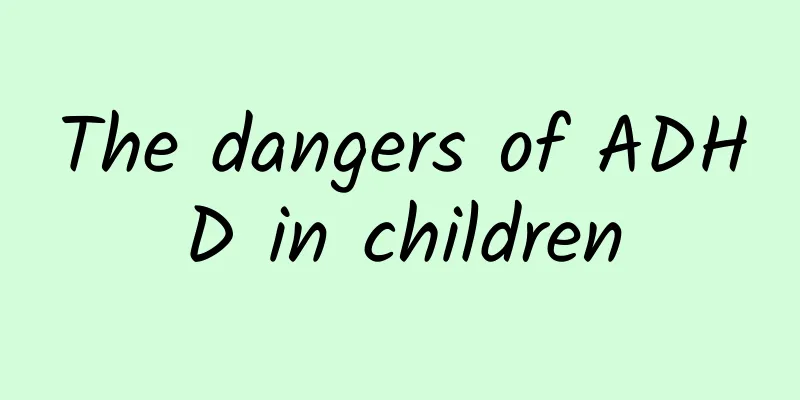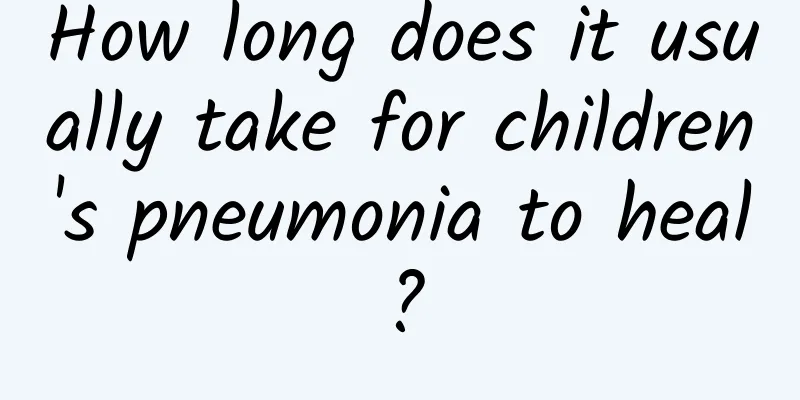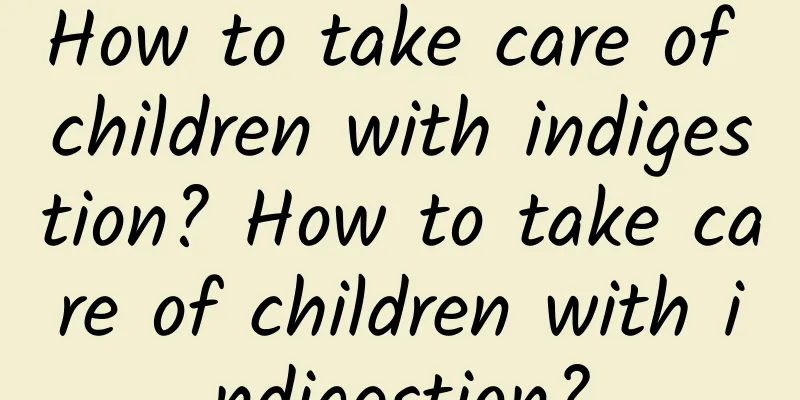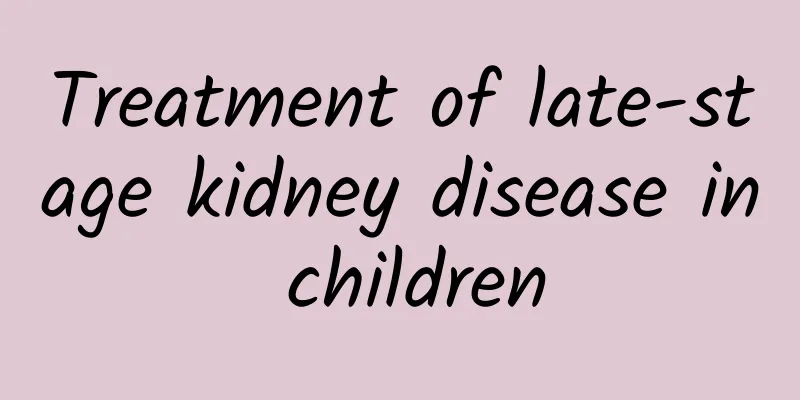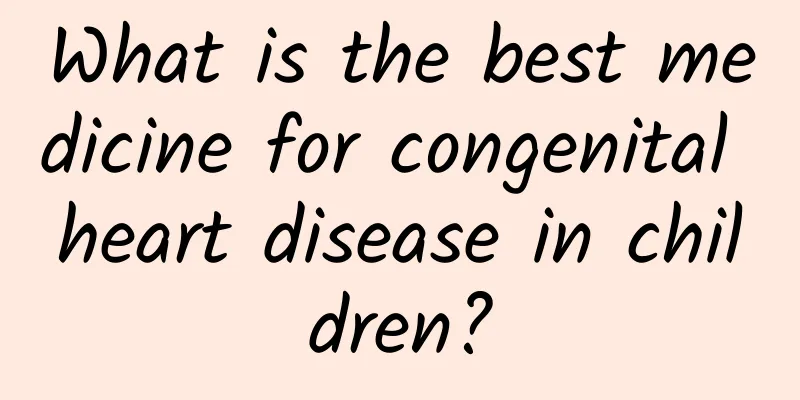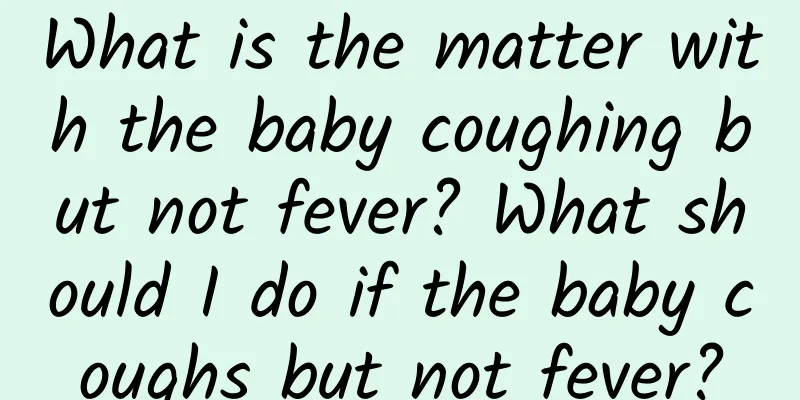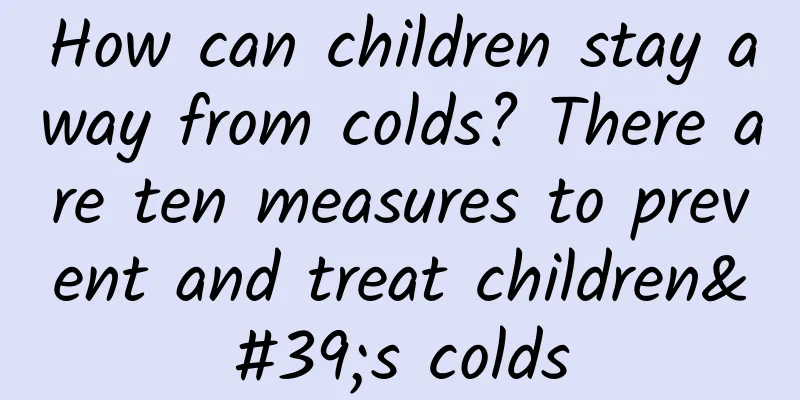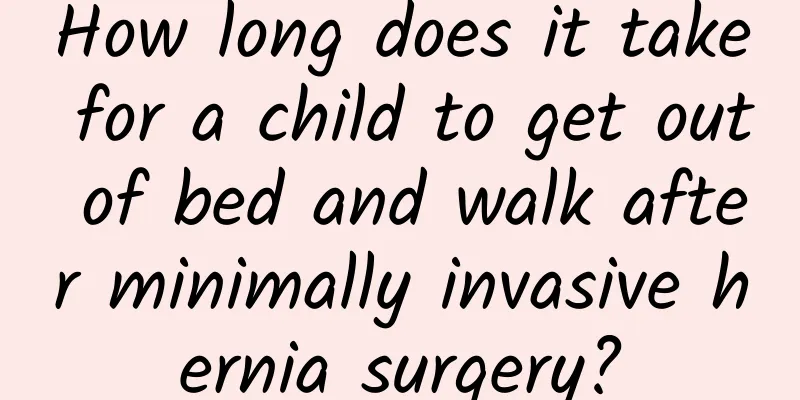How to take care of children with hand, foot and mouth disease? How to take care of hand, foot and mouth disease to get better quickly?
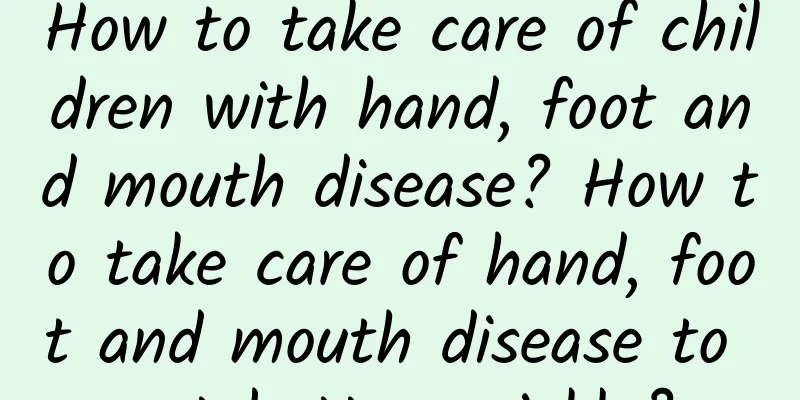
|
Hand, foot and mouth disease is a disease that can be contracted by both adults and children. It is highly contagious and has many complex symptoms. Adults can alleviate the symptoms through some methods, but some behaviors of children will only make the disease worse. Therefore, when a child is infected with hand, foot and mouth disease, parents need to provide comprehensive care. So, how to care for children with hand, foot and mouth disease? 1. Disinfection and isolation Once the baby is found to be infected with hand, foot and mouth disease, he should seek medical treatment in time and avoid contact with the outside world. Generally, he needs to be isolated for 2 weeks until the fever and rash subside and the blisters are scabbed. The items used by the baby should be thoroughly disinfected. They can be soaked in chlorine-containing disinfectants. Items that are not suitable for soaking can be exposed to the sun. The baby's room should be ventilated regularly to keep the air fresh, circulating, and the temperature appropriate. Families with conditions can use lactic acid fumigation for air disinfection every day. Reduce the number of people entering and leaving the baby's room, prohibit smoking, prevent air pollution, and avoid secondary infection. 2. Oral care Babies may refuse to eat, drool, cry and stay awake due to oral pain. Keep the baby's mouth clean and rinse the mouth with saline before and after meals. For babies who cannot rinse their mouths, you can use a cotton swab dipped in saline to gently clean the mouth. You can apply vitamin B2 powder directly to the oral erosion area, or apply cod liver oil, or take vitamin B2 and vitamin C orally, supplemented by ultrasonic atomization inhalation, to relieve pain, promote early healing of erosion, and prevent secondary bacterial infection. 3. Rash care 1. Baby's clothes and bedding should be clean, comfortable, soft, and changed frequently. 2. Cut your baby's nails short and wrap your baby's hands if necessary to prevent scratching the rash. 3. For babies with rashes on their buttocks, their urine and feces should be cleaned at all times to keep their buttocks clean and dry. 4. In the early stage of skin rash on the hands and feet, you can apply calamine lotion. When herpes is formed or ruptured, apply 0.5% iodine tincture. 5. Pay attention to keep your skin clean to prevent secondary infection. 4. Pay attention to cooling down Hand, foot and mouth disease in children is generally a low-grade or moderate fever, and no special treatment is required. You can let your baby drink more water. For babies with a body temperature between 37.5℃ and 38.5℃, physical cooling such as heat dissipation, drinking more warm water, and taking a warm bath should be given; change clothes in time during the fever reduction period and after sweating to prevent cold. If the high fever persists, medication should be used to reduce the temperature as prescribed by the doctor. 5. Diet and nutrition The baby should rest in bed for 1 week and drink plenty of warm water. The child has a poor appetite due to fever and oral herpes and is unwilling to eat. It is advisable to give the baby light, warm, delicious, easily digestible, soft liquid or semi-liquid food. The food temperature should be slightly warm and slightly cool. It should not be too salty to reduce the irritation to the oral ulcer surface. Avoid spicy food. For children who are in obvious pain and refuse to eat, appropriate intravenous rehydration should be given. 6. Pay attention to changes in the condition Since the enterovirus that causes hand, foot and mouth disease also has the characteristics of attacking the brain and heart, it can cause complications such as meningitis and myocarditis. Therefore, parents should closely observe changes in their children's condition. If the child has high fever, severe headache, vomiting, pale complexion, crying and restlessness, or drowsiness, they should seek medical treatment in time. 7. Transmission routes of hand, foot and mouth disease (1) Close contact between people This is an important mode of transmission. Children can be infected by contact with hands, towels, handkerchiefs, cups, toys, eating utensils, milk bottles, bedding, underwear, etc. contaminated with the virus. (2) Droplet transmission When sick children cough or talk, the virus in their throat secretions and saliva can be transmitted through the air (droplets), so close contact with sick children can cause infection. Being in the same room with sick children is the easiest way to get infected. (3) Transmission through the digestive tract Infection can occur by drinking or eating water or food contaminated by the virus. In addition, medical transmission may also cause infection, such as cross-infection in outpatient clinics and improper disinfection of oral instruments, but it is not the main route of transmission. |
<<: What medicine should children take for respiratory tract infection and cough
>>: Is my baby's cough with phlegm caused by allergic rhinitis?
Recommend
Characteristics of relapse of renal disease in children
In daily life, many children are troubled by neph...
What are the treatments for polio?
When a child is diagnosed with polio, it is very ...
What are the symptoms and dangers of high jaundice?
High jaundice may cause symptoms and hazards such...
What is polydactyly
Polydactyly, as the name suggests, means one or m...
What may cause baby eczema? Do you know the three causes of eczema?
Childhood eczema is a multiple skin inflammation,...
The main symptoms of polio
We all know the harm of polio. This disease bring...
How to prevent indigestion in babies? What is the best food to eat?
Children are often unaware of the cause of their ...
How much does it cost to test for acute laryngitis in children?
At present, the incidence of acute laryngitis in ...
Is there no cure for adult jaundice at 600?
Adult jaundice of 600μmol/L is usually not hopele...
What are the clinical examination methods for acute laryngitis in children?
What are the methods for clinical examination of ...
Items to be checked for children with mumps
Children with mumps need to be checked for items....
What are the symptoms of hand, foot and mouth disease in children? 4 examination items for hand, foot and mouth disease in children
Hand, foot and mouth disease is a common disease ...
What to do if an 8-year-old child has severe ADHD
If an 8-year-old child has severe ADHD, parents c...
What are the early prevention measures for polio?
Paralysis is very complicated in life. Many child...
What are the traditional Chinese medicines for treating colds in children?
Traditional Chinese medicines for treating childr...
